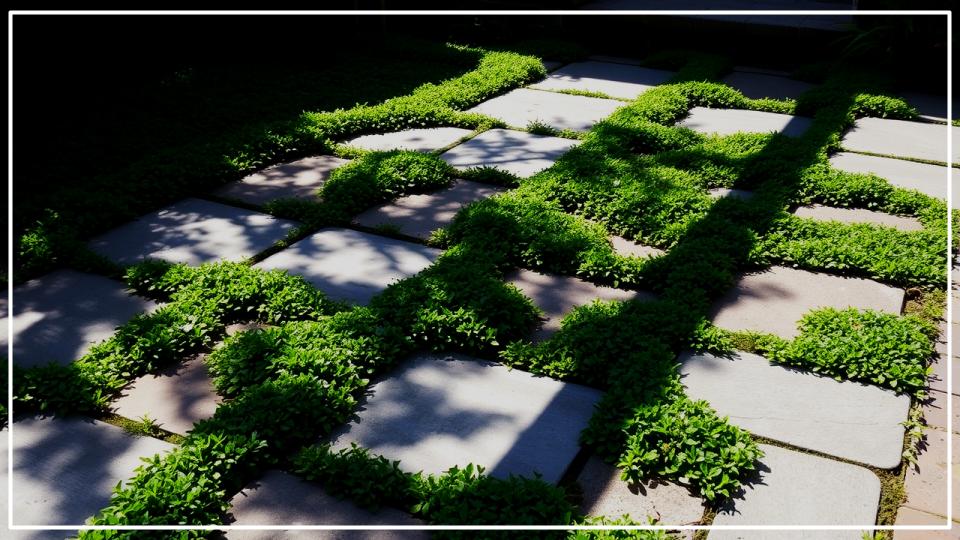
The spaces between the stones of a patio or pathway are often overlooked, becoming unruly collections of weeds or plain, uninspired dirt. But these small crevices hold immense design potential. By thoughtfully planting the right ground covers for patios, you can transform these utilitarian gaps into a fragrant, colorful, and living mosaic that softens hard edges and seamlessly melds your hardscaping with the garden. This guide will introduce you to eight exceptional plants that will not only survive but thrive in these challenging spaces, creating a lush, sophisticated, and durable surface. Let’s begin the journey to elevate your outdoor living space from the ground up.
Key Takeaways
Here’s what you need to know to get started with ground covers for your hardscape:
- Right Plant, Right Place: The golden rule of gardening is paramount here. Match your plant choice to your patio’s light conditions—full sun, deep shade, or something in between.
- Consider Foot Traffic: Be honest about how much foot traffic the area receives. Some ground covers are incredibly resilient, while others prefer to be admired from a distance.
- Soil Prep is Non-Negotiable: Don’t just tuck plants into compacted soil. For the best results, amend the crevices with compost and a little topsoil to give your plants a healthy start.
- Water is Key to Establishment: Newly installed plants are thirsty. Water them consistently for the first few weeks to help their roots spread and take hold in their new, narrow home.
Why Choose Living Ground Covers?
While gravel, sand, or synthetic fillers have their place, planting a living ground cover offers a host of benefits that static materials simply can’t match. These tenacious little plants work hard to suppress weeds, reducing your maintenance chores over time. They introduce captivating texture and color, softening the hard lines of stone or concrete and creating a more natural, cohesive look. Many varieties also produce charming flowers that provide a vital food source for pollinators like bees and butterflies.
In my own garden, I’ve found that a patio interlaced with a fragrant, walkable ground cover feels more like an intentional garden room—an extension of the landscape rather than an imposition on it. It’s a simple touch that adds a layer of sophistication and sensory delight; the subtle release of scent from an herb like thyme when you walk by is a truly rewarding experience.
Our Top 8 Ground Covers for Patios and Pathways
Ready to get planting? Here are eight of my most trusted and beautiful ground covers that are perfect for filling the gaps in your patios and walkways.
1. Creeping Thyme (Thymus serpyllum)
If you have a sun-drenched patio, Creeping Thyme is your champion. This hardy, drought-tolerant perennial forms a dense, low-growing mat of tiny, fragrant leaves. In early summer, it erupts in a blanket of pink or purple flowers that are irresistible to bees. It stands up remarkably well to foot traffic and, as a bonus, is deer and rabbit resistant.
- Best For: Full sun (6+ hours/day).
- Soil: Requires excellent drainage; it dislikes wet feet.
- My Go-To Tip: I always recommend Thymus serpyllum ‘Elfin’ for its incredibly tight, dense growth habit, which is perfect for high-traffic areas and creates a very tidy look between pavers.
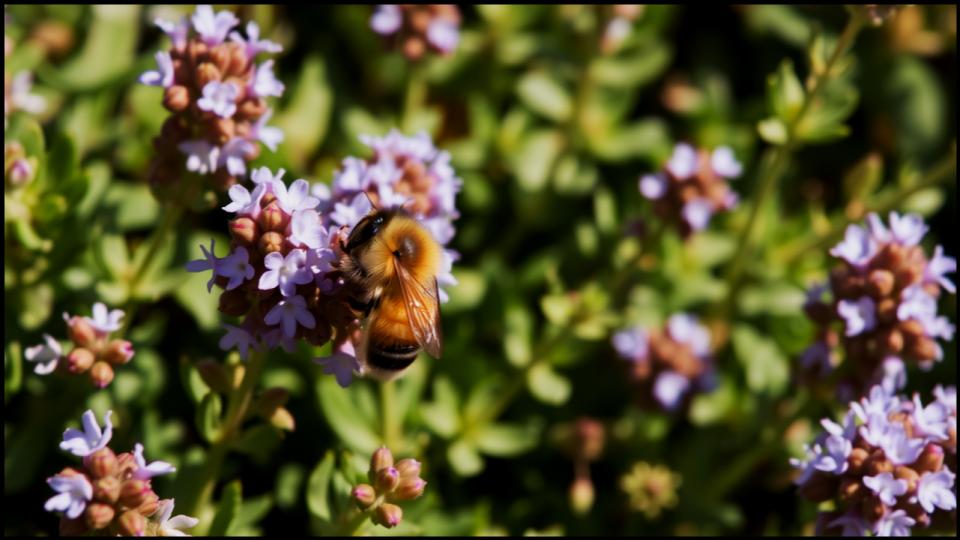
2. Blue Star Creeper (Isotoma fluviatilis)
For a delicate look backed by surprising toughness, Blue Star Creeper is a superb choice. It forms a lush, green carpet covered in a profusion of tiny, star-shaped, pale blue flowers from spring through summer. It spreads readily to fill in gaps and can handle a good amount of foot traffic, making it ideal for well-used pathways. According to the University of Maryland Extension, it thrives in consistently moist soils.
- Best For: Full sun to part shade.
- Soil: Prefers consistently moist, but well-drained soil.
- Expert Insight: A common mistake I see gardeners make is allowing Blue Star Creeper to dry out completely in the summer sun, which can cause it to scorch. A little extra attention to watering during heat waves keeps it looking its best.

3. Corsican Mint (Mentha requienii)
Imagine releasing a wave of fresh minty fragrance with every step. That’s the magic of Corsican Mint. This is the tiniest member of the mint family, forming a moss-like, bright green mat. It’s not as tough as thyme, so it’s best reserved for less-traveled nooks, shady patio corners, or the edges of a walkway where it will be brushed against only occasionally.
- Best For: Part to full shade.
- Soil: Consistently moist soil is a must.
- My Go-To Tip: I love using Corsican Mint in the shade of a built-in patio bench or around a water feature, where its need for moisture is easily met and its delightful scent can be enjoyed up close.

4. Creeping Jenny (Lysimachia nummularia ‘Aurea’)
For a dramatic pop of color, nothing beats the electrifying chartreuse-gold foliage of ‘Aurea’ Creeping Jenny. Its coin-shaped leaves create a vibrant, cascading carpet that brightens up any space. This vigorous grower thrives in moist soil and can handle both sun and shade, though its color is most brilliant with at least a few hours of sun.
- Best For: Sun or shade; an excellent low maintenance ground cover.
- Soil: Prefers moist to wet soil.
- Expert Insight: Be mindful of its enthusiasm! Creeping Jenny spreads quickly, which is great for filling in fast, but I always advise planting it where its growth is naturally contained by the hardscape to prevent it from rambling into your lawn or garden beds.
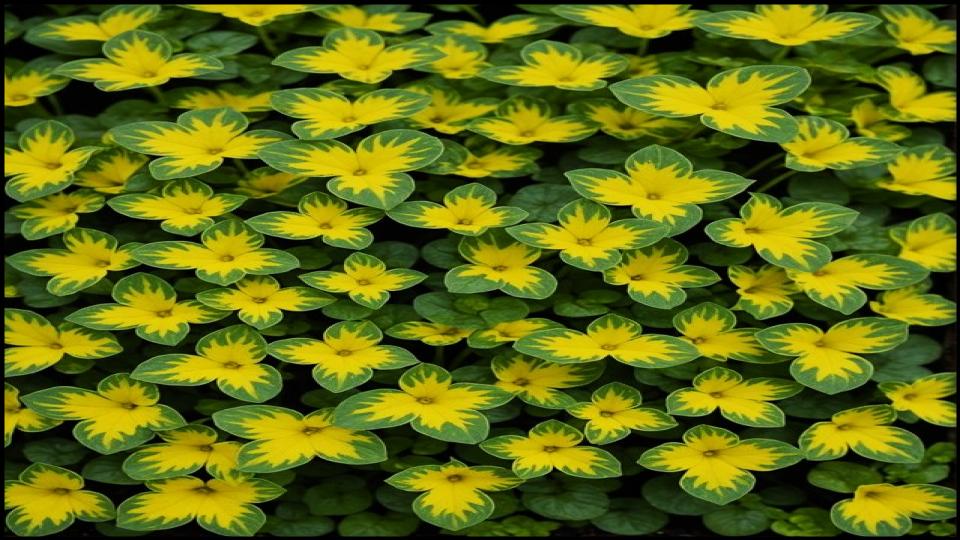
5. Irish Moss & Scotch Moss (Sagina subulata)
Despite their names, these are not true mosses but rather dense, mat-forming perennials. Irish Moss (Sagina subulata) is a rich, deep green, while Scotch Moss (S. subulata ‘Aurea’) offers a golden-green hue. Together, they can be planted to create a beautiful, soft, undulating carpet that evokes the feeling of a woodland floor. They handle light to moderate foot traffic and look particularly stunning between dark-colored flagstones.
- Best For: Part shade.
- Soil: Well-drained, consistently moist soil.
- Expert Insight: These plants create a truly magical effect, but they will not forgive being baked in the hot afternoon sun or allowed to dry out. Proper placement in a location with afternoon shade is crucial for success.
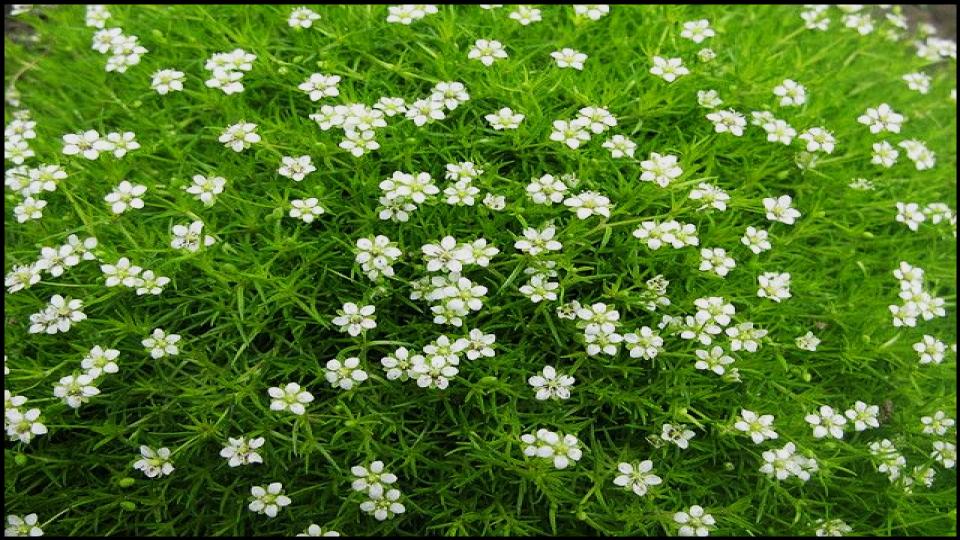
6. Sedum (Stonecrop) Varieties
For the toughest, sunniest, and driest spots on your patio, Sedums are your answer. These succulent creeping perennials are built to withstand drought and heat. Varieties like Sedum ‘John Creech’ or Sedum acre form low, textured mats that store water in their leaves. They are incredibly low-maintenance and often feature star-shaped flowers in summer that pollinators adore.
- Best For: Full, blazing sun.
- Soil: Very well-drained, even gritty soil. Drought-tolerant.
- Expert Insight: Sedums are true problem-solvers. I often recommend them for south-facing patios or alongside driveways where reflected heat can be intense. Just be sure not to overwater them; they thrive on neglect.
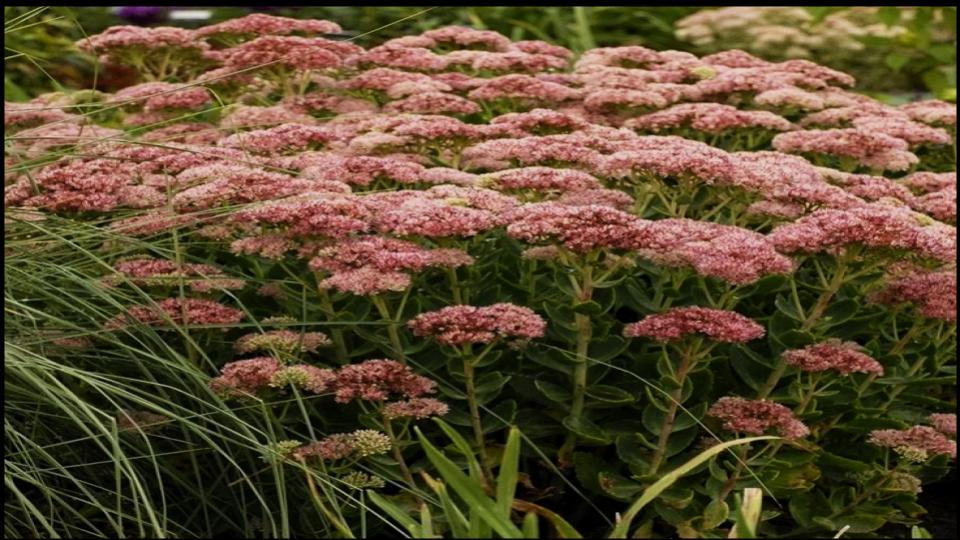
7. Creeping Mazus (Mazus reptans)
If you want quick coverage, Creeping Mazus is a fantastic choice. This fast-spreading ground cover forms a dense green mat that becomes covered in charming, snapdragon-like lavender flowers in late spring and early summer. It roots as it creeps along, creating a thick carpet that is very effective at smothering weeds and tolerates moderate foot traffic once established.
- Best For: Full sun to part shade.
- Soil: Prefers moist soil but is fairly adaptable.
- My Go-To Tip: Because it fills in so quickly, you can plant plugs of Mazus a bit farther apart than other ground covers to save on cost, and it will fill the space within a single growing season.

8. Dwarf Mondo Grass (Ophiopogon japonicus ‘Nanus’)
For a truly elegant, modern, and formal look, nothing compares to Dwarf Mondo Grass. It’s not a true grass, but it forms dense, dark green, grass-like tufts that are incredibly durable. It is extremely slow-growing, which means more upfront cost and patience, but the payoff is a virtually maintenance-free ground cover that looks pristine year-round. The Missouri Botanical Garden notes its excellent performance in shady areas.
- Best For: Part to full shade.
- Soil: Adaptable to various soils; drought-tolerant once established.
- Expert Insight: This is an investment in long-term beauty. Because it spreads so slowly, I recommend planting it quite densely for the most immediate impact. It is my top choice for shady, contemporary patios where a clean, architectural look is desired.
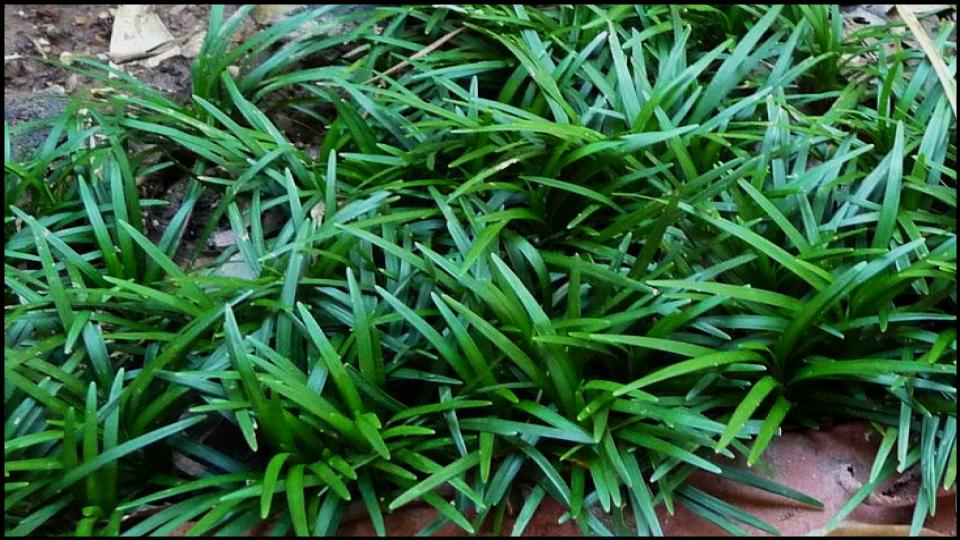
Turning the overlooked gaps in your hardscaping into a living tapestry is one of the most satisfying small projects a gardener can undertake. It’s a detail that elevates the entire feel of your outdoor space, transforming it from merely functional to truly enchanting. By choosing the right plant for your specific conditions—whether it’s fragrant thyme for a sun-baked terrace or lush Irish Moss for a cool, shady nook—you can create a durable, beautiful, and low maintenance ground cover that will bring you joy for years to come. So go ahead, take a closer look at those crevices and start planning your patio’s green makeover.
